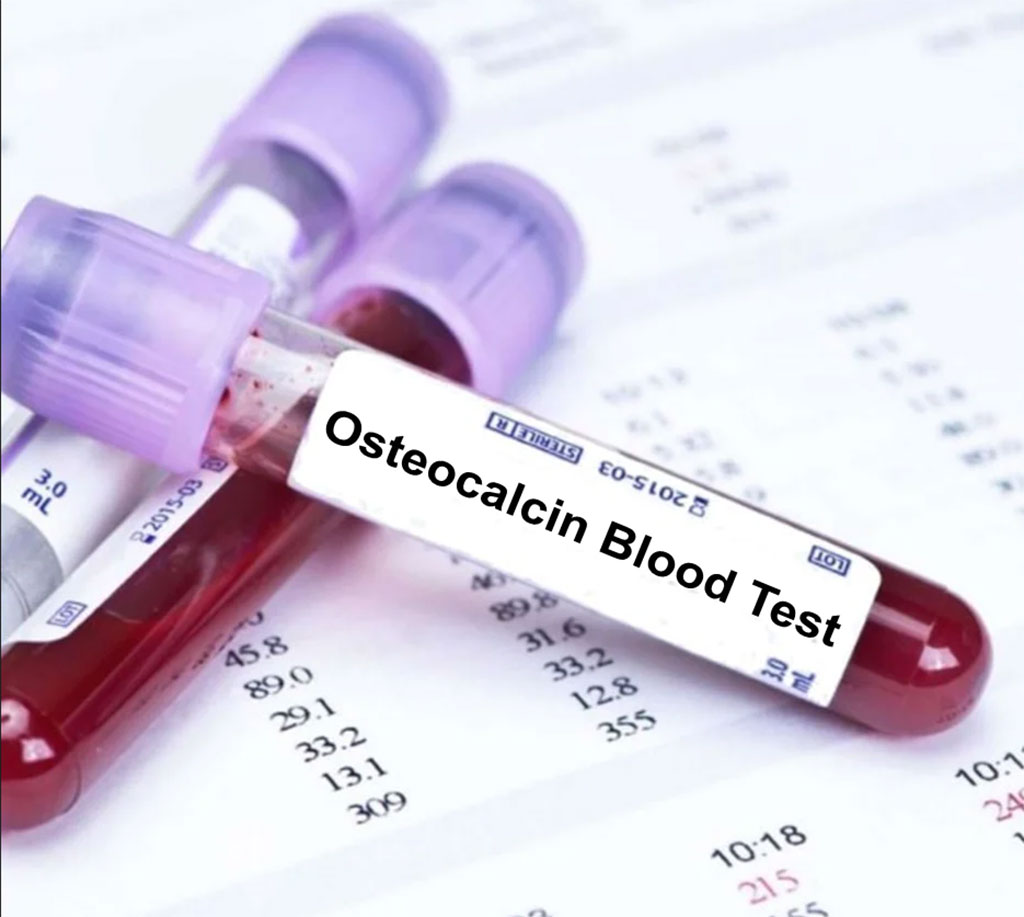Bone Turnover Markers Associated With Mortality Risk in Older Men
Posted on 19 Jul 2022
Osteocalcin in its undercarboxylated form (ucOC) may influence diabetes risk; however, its relationship with all-cause and cause-specific mortality is unclear. Whether other bone turnover markers (BTMs) are associated with mortality risk differently from ucOC also remains uncertain.
There are inconsistent findings regarding the association between ucOC concentrations and cardiovascular disease (CVD) risk. An increase in bone turnover with age may predispose to reduced bone mineral density and increased risk of fractures, also associated with incident CVD events.

Medical Scientist at University of Western Australia (Perth, Australia) conducted a prospective cohort study of 3,871 community-dwelling men, aged 77.0 ± 3.6 years at baseline, followed for a median of 12.3 years. Approximately 95% of participants were of White ethnic origin. Prevalent diabetes, cardiovascular disease, cancer, Paget’s disease of the bone, osteoporosis, bone fractures within the past 12 months, and current bisphosphonate or glucocorticoid use were collected using questionnaires.
Serum undercarboxylated osteocalcin, serum total osteocalcin (TOC), procollagen type I N-propeptide (PINP), and collagen type 1 C-terminal cross-linked telopeptide (CTX) were measured from blood samples. Serum TOC, PINP, and CTX were measured by electrochemiluminescence immunoassay using a Modular E170 analyzer (Roche Diagnostics, North Ryde, Australia). The concentration of ucOC in the supernatant was measured using the same method as for TOC.
The investigators reported that during a median follow-up time of 12.3 years, 61% of the study cohort died. The primary cause of death was 27% each for both CVD and cancer. In fully adjusted analyses, each standard deviation increase was statistically significant in concentrations of undercarboxylated osteocalcin (hazard ratio [HR] = 1.12), procollagen type 1 N-propeptide (HR = 1.06) and collagen type 1 C-terminal cross-linked telopeptide (HR = 1.13) was associated with an increased risk for all-cause mortality. The associations were similar after 436 men with an incident fracture at follow-up were excluded.
The risk for CVD mortality was increased with each standard deviation increase in undercarboxylated osteocalcin (HR = 1.13) and collagen type 1 C-terminal cross-linked telopeptide (HR = 1.12). No associations were observed between CVD mortality and total osteocalcin or procollagen type 1 N-propeptide. A higher risk for cancer mortality was observed with each standard deviation increase in collagen type 1 C-terminal cross-linked telopeptide (HR = 1.12). No other bone turnover markers were associated with cancer mortality risk.
Bu Yeap, MBBS, PhD, a Professor of Endocrinology and senior author of the study, said, “Higher mortality was seen in men who had higher concentrations of undercarboxylated osteocalcin, and also those with higher concentrations of two other bone turnover markers, procollagen type 1 N-propeptide and collagen type 1 C-terminal cross-linked telopeptide. Therefore, the underlying pathway appears to involve bone turnover, in general, and not specifically undercarboxylated osteocalcin. The results were similar even after excluding men who experienced bone fractures during follow-up, so there may be a broader effect of higher bone turnover to increase susceptibility to a range of conditions contributing to death.”
The authors concluded that higher bone turnover, assessed by different BTMs including ucOC, PINP, and CTX, is a biomarker for all-cause mortality in older men. Higher concentrations of CTX were also associated with cancer deaths. The study was published on June 11, 2022 in the Journal of Bone and Mineral Research.
Related Links:
University of Western Australia
Roche Diagnostics







 assay.jpg)






